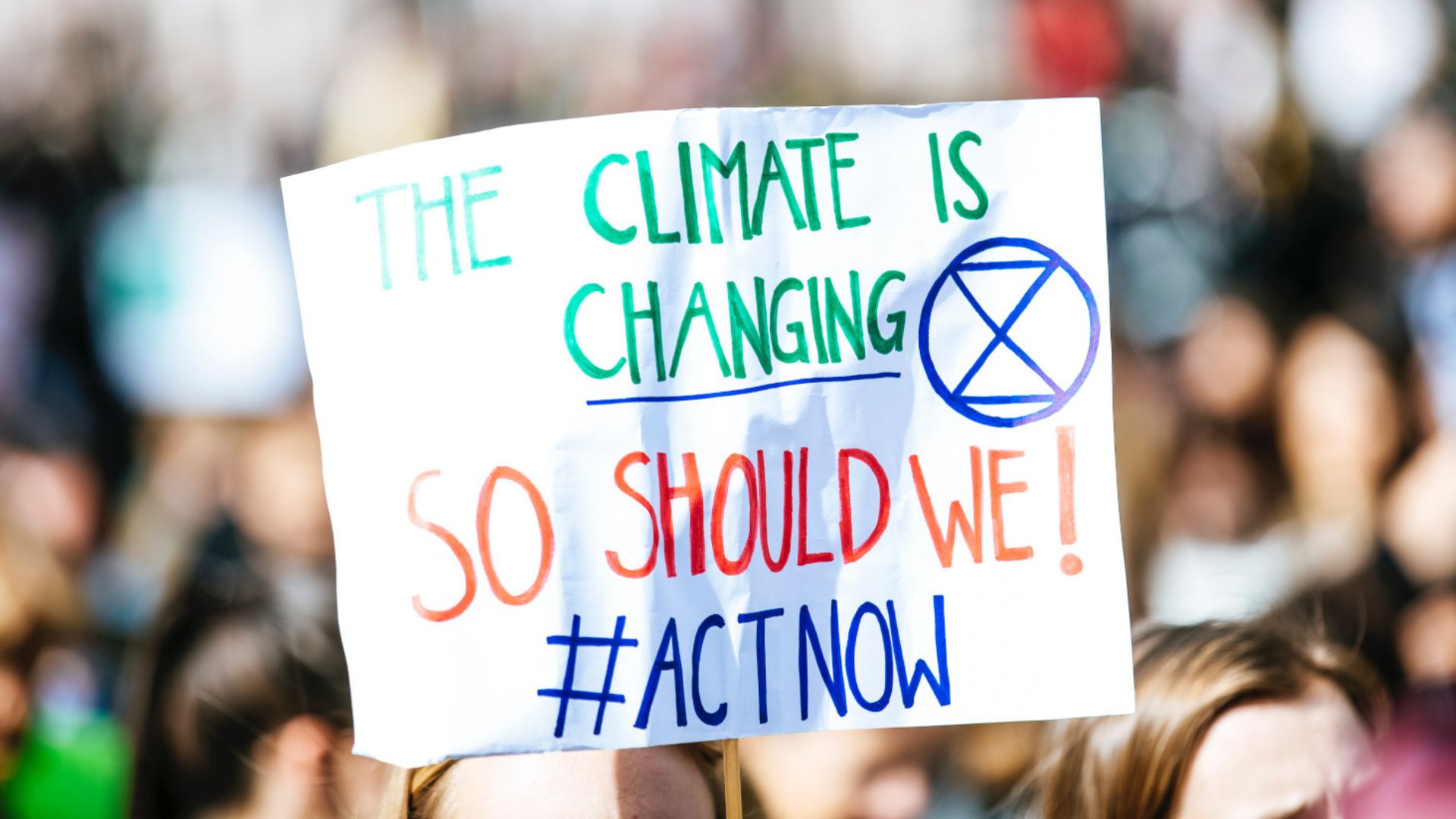|
Getting your Trinity Audio player ready...
|
Environmental activism, in today’s world, assumes a pivotal role in tackling pressing issues like climate change, pollution, and habitat destruction. As stewards of the planet, adopting proactive approaches becomes imperative to safeguard our natural resources and ensure a sustainable future for generations to come. In this comprehensive guide, we delve deep into the realm of environmental activism, exploring effective strategies and actionable steps to advance this noble cause and drive positive change. By advocating for policy reforms, fostering community engagement, promoting sustainable lifestyles, harnessing technological innovations, and educating future generations, environmental activists can play a significant role in addressing environmental challenges. Through collective efforts and unwavering commitment, we can work towards creating a healthier and more sustainable planet. More so, environmental activism serves as a beacon of hope, inspiring individuals and communities to take meaningful action and create a brighter future for our planet and all its inhabitants.
Understanding the Urgency
Furthermore, the urgency of environmental activism cannot be overstated. With climate change accelerating at an alarming rate and biodiversity declining precipitously, the need for immediate action is clear. Additionally, the consequences of inaction are far-reaching, impacting ecosystems, human health, and the global economy. Transitioning to renewable energy sources, reducing carbon emissions, and preserving ecosystems is paramount to mitigating the impacts of environmental degradation.

Advocating for Policy Reform
Fostering Community Engagement
Community engagement lies at the heart of effective environmental activism. By mobilizing local communities and fostering grassroots initiatives, activists can amplify their impact and drive change from the ground up. This may entail organizing tree-planting events, beach clean-ups, or educational workshops to raise awareness about environmental issues and inspire collective action. Building partnerships with local organizations, schools, and businesses can also strengthen the environmental movement. To add on, it can foster a sense of shared responsibility for protecting the planet.
Promoting Sustainable Lifestyles
Individual actions also play a significant role in environmental activism. Promoting sustainable lifestyles, such as reducing waste, conserving water, and opting for eco-friendly products, can collectively make a substantial difference in reducing our ecological footprint. By leading by example and advocating for sustainable practices in our daily lives, we can inspire others to adopt environmentally conscious behaviours. Sustainable consumption and lifestyle choices are essential for reducing resource consumption, minimizing waste generation, and mitigating the environmental impacts of human activities.
Harnessing the Power of Technology
Technology offers vast opportunities for propelling environmental activism forward. By harnessing the power of social media platforms, activists can amplify their messages, raise awareness, and mobilize support on a global scale. Additionally, the integration of data-driven solutions enables more efficient and effective conservation efforts, allowing activists to monitor environmental changes and track the impact of their interventions. Embracing innovation and leveraging technological advancements empower activists to drive meaningful change in the fight against environmental degradation. Crowdsourcing platforms, such as online petitions and crowdfunding campaigns, enable widespread participation and collective action, while citizen science projects engage individuals in data collection and monitoring efforts. Furthermore, digital advocacy tools provide activists with valuable resources for engaging stakeholders, gathering data, and advocating for environmental protection. By embracing technology and innovation, environmental activists can leverage these tools to amplify their impact, catalysing positive change and safeguarding the planet for future generations.
Educating and Empowering Future Generations
Moreover, investing in environmental education stands as a cornerstone for nurturing a new generation of environmental stewards. By seamlessly integrating environmental curricula into schools, colleges, and community programs, we can effectively equip future generations with the knowledge and skills necessary to tackle environmental challenges proactively. Empowering youth to become environmental advocates ensures the cultivation of a sustainable legacy for the planet. Through youth-led initiatives, environmental clubs, and outdoor education programs, we provide invaluable platforms for fostering environmental literacy, promoting civic engagement, and inspiring young people to take decisive action on environmental issues. These initiatives not only instil a sense of responsibility and stewardship among youth but also cultivate a deep appreciation for the natural world. By investing in environmental education and empowering the next generation, we lay a solid foundation for sustainable practices and environmental conservation effort. More so, sensuring a brighter and more resilient future for our planet.
Conclusion
In conclusion, environmental activism is a powerful force for driving positive change and shaping a sustainable future for our planet. We can collectively address environmental challenges and create a more sustainable world for all. This is achieved by understanding the urgency of environmental issues, advocating for policy reform, fostering community engagement, promoting sustainable lifestyles, harnessing technology, and educating future generations, Together, we have the power to make a difference and ensure a thriving planet for generations to come. Environmental activism is not only a moral imperative but also a collective responsibility. Additionally, it is responsible for safeguarding the health and well-being of our planet and future generations.
You might be interested in:

